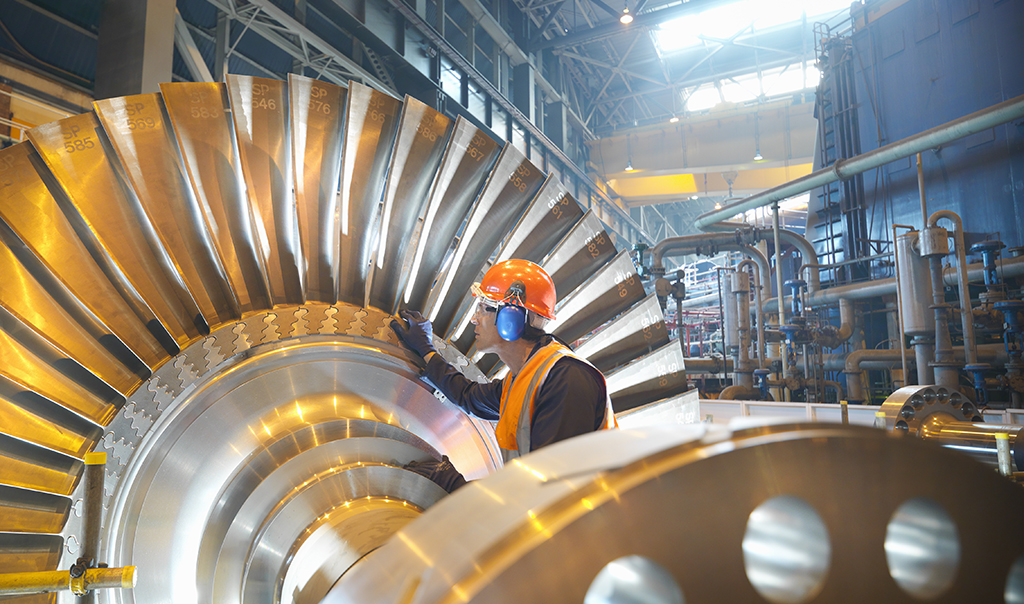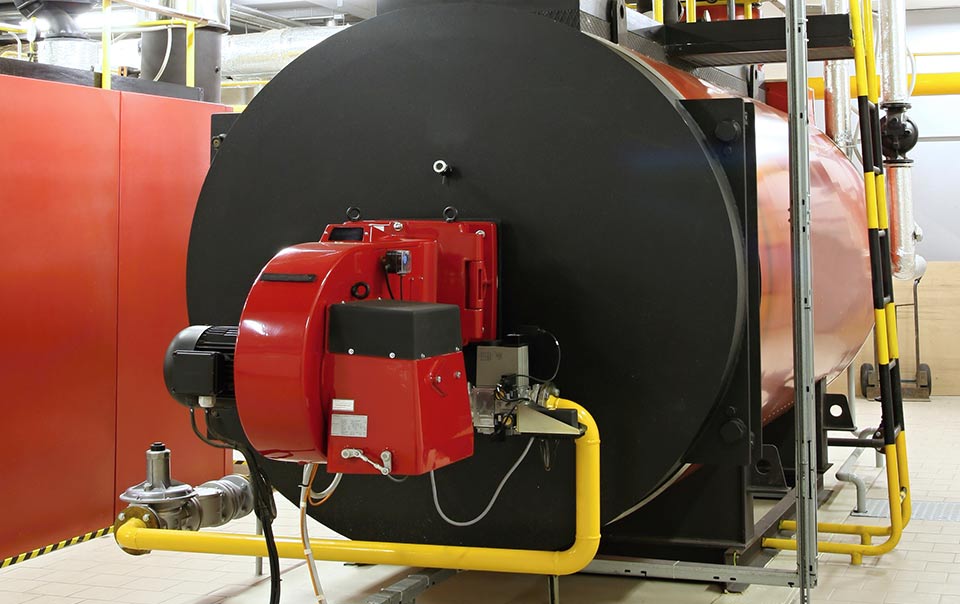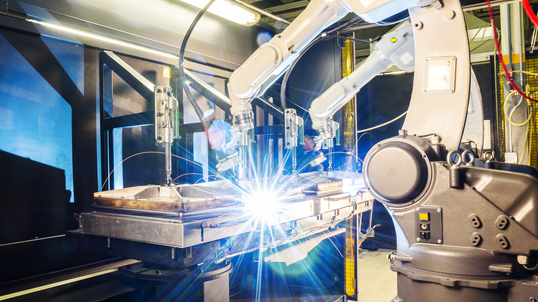The Impact of Infrastructure Projects on Skilled Technicians


As an equipment or machinery owner or operator whose enterprise may not be directly involved with projects funded by the 2021 Bipartisan Infrastructure Law (BIL), you may not have your radar tuned to the potential impact of skilled labor shortfalls in the construction and manufacturing sectors – but you should.
Enterprises of all shapes and sizes anticipate increased profit potential and greater U.S. competitiveness in the global market as billions of federal dollars are spent to modernize and secure our nation’s critical infrastructure. This infusion of capital, however, may be starkly contrasted by the decreased availability of the equipment, materials and human resources that are diverted to complete these BIL-funded projects.
Skilled labor shortages continue to put stress on manufacturing, with the U.S. Census Bureau projecting that 2.1 million jobs in manufacturing may go unfilled by 2030.1
As BIL projects continue to break ground, material and labor shortages remain likely, with ramifications that may extend beyond the construction, manufacturing and engineering companies taking on the work.2
Skilled labor shortages may extend repair time frames.
An uptick in new infrastructure projects could lead to even greater demand for skilled labor, particularly for firms awarded BIL contracts. Demand for skilled labor in construction and manufacturing may tighten access to technicians trained to operate and service machinery across sectors – which could increase labor costs, extend repair times and cause more breakdowns.
Already struggling to fill open positions amid current labor shortages, construction and manufacturing companies are adopting new strategies to attract, train and retain qualified workers – and the talent they recruit could pull from the roster of technicians that machinery owners rely on to install, operate and service the equipment and machinery powering the enterprise. The potential impact on equipment and machinery owners is of serious concern.
Increased competition for trained technicians may drive up labor costs and extend lead times. Skilled workers may seek higher compensation for positions involving machine operation and maintenance. Labor expenses related to equipment acquisition, delivery and upkeep could increase more than expected. And if qualified mechanics become harder to find, downtime waiting for new machinery to be installed or damaged equipment to be inspected and repaired may be prolonged. This may cost more time and money than many owners are prepared to spend.
Paying the price for parts and labor delays.
Consider this scenario:
- A breakdown occurs: A manufacturer’s internal combustion engine-generator set fails, requiring a complete motor rebuild.
- Six months later: Delivery of the fabricated parts necessary to complete the repair is delayed longer than expected.
- A year later: It takes six more months to get a qualified team in to make the repairs.
- The result: $500,000 extra expense incurred to rent and fuel a temporary engine-generator set while the manufacturer waits over a year for parts and labor to complete repairs.
Meanwhile, the post-pandemic experience gap could widen if, as expected, BIL-funded projects attract top-tier talent. With baby boomers retiring en masse, first-time employees flooding the market and tenured workers pursuing alternate careers, enterprises may need to rely on less experienced technicians. This is occurring while seasoned staff take on greater job responsibilities and, potentially, greater job-related stress. Overextended employees are more likely to make costly, potentially dangerous mistakes if they struggle to operate and maintain machinery or are expected to work under tight deadlines with fewer resources. And if key financial and human resources are diverted from onboarding and training programs to focus on overcoming current and anticipated staffing challenges, the risks will only increase.
Finally, employers struggling to maintain adequate resources for normal operations may be tempted to pull back on critical preventive equipment maintenance. This could leave the machines they rely on to deliver goods and services even more susceptible to breakdowns, thus perpetuating the cycle of risk. Owners who neglect machinery maintenance could face increased costs, higher deductibles, more restrictive coverage or an inability to obtain equipment breakdown insurance after a reported loss.

Since 2020, Travelers’ risk mitigation recommendations for improved maintenance practices have risen 54%.3 That’s a significant increase when you consider that our team is conducting thousands of Risk Control surveys each year.
Pete Schulz, Vice President, Boiler & Machinery Practice Leader, Travelers
These and other impediments to acquiring skilled staff for machine operation and maintenance can put the enterprise at risk. Material shortages and supply chain disruptions – possibly exacerbated by the influx of BIL-funded projects – may compound the impact. Critical maintenance and repairs could be further delayed or bypassed if replacement equipment, machinery and parts are unavailable or taking longer than expected to obtain.
Innovative risk management solutions.
Equipment and machinery owners can expect workforce challenges to continue as growing demand for skilled operators and technicians to work on BIL-funded projects further tightens the labor market. But they don’t have to weather the storm alone.
Travelers offers industry-leading coverage and consultative services to help mitigate the risks associated with labor shortages and lessen the impact of covered equipment breakdowns. Get useful strategic and actionable information on a range of practical topics, including effective recruiting strategies, maintenance routines that can help prevent machinery breakdowns and comprehensive equipment breakdown insurance to protect your bottom line and reputation should breakdowns occur. Our products, services and expertise are backed by more than 100 years of experience.
Contact your Travelers agent or broker today to discuss which coverages and services can help keep your equipment and machinery up and running, especially during times of unprecedented workforce risk.
Sources
1 https://www.census.gov/library/stories/2023/09/manufacturing-faces-labor-shortage.html
2 https://www.whitehouse.gov/cea/written-materials/2021/06/17/why-the-pandemic-has-disrupted-supply-chains/
3 Travelers Risk Control Data: Boiler & Machinery Inspections, 2020 vs. 2023
Additional Sources
H.R.3684 – Infrastructure Investment and Jobs Act, 117th Congress (2021-2022) – https://www.congress.gov/bill/117th-congress/house-bill/3684/text
“Delivering Results from President Biden’s Bipartisan Infrastructure Law,” – https://www.whitehouse.gov/build
“A Guidebook to the Bipartisan Infrastructure Law for State, Local, Tribal, and Territorial Governments, and Other Partners,” May 2022 – https://www.whitehouse.gov/wp-content/uploads/2022/05/BUILDING-A-BETTER-AMERICA-V2.pdf
“Fact Sheet: Securing a Made in America Supply Chain for Critical Minerals,” Feb. 22, 2022 – https://www.whitehouse.gov/briefing-room/statements-releases/2022/02/22/fact-sheet-securing-a-made-in-america-supply-chain-for-critical-minerals
Travelers Institute Webinar: “Insuring the Rebuilding of America: What’s in the $1.2 Trillion Infrastructure Law? What Will It Mean for the U.S. Economy?” Dec. 15, 2021 – https://www.travelers.com/travelers-institute/webinar-series/symposia-series/infrastructure
Federal Reserve Bank of Richmond – https://www.richmondfed.org/press_room/speeches/thomas_i_barkin/2022/barkin_20220303
AGC – https://www.agc.org/news/2022/08/31/construction-workforce-shortages-risk-undermining-infrastructure-projects-most-contractors-struggle-0



